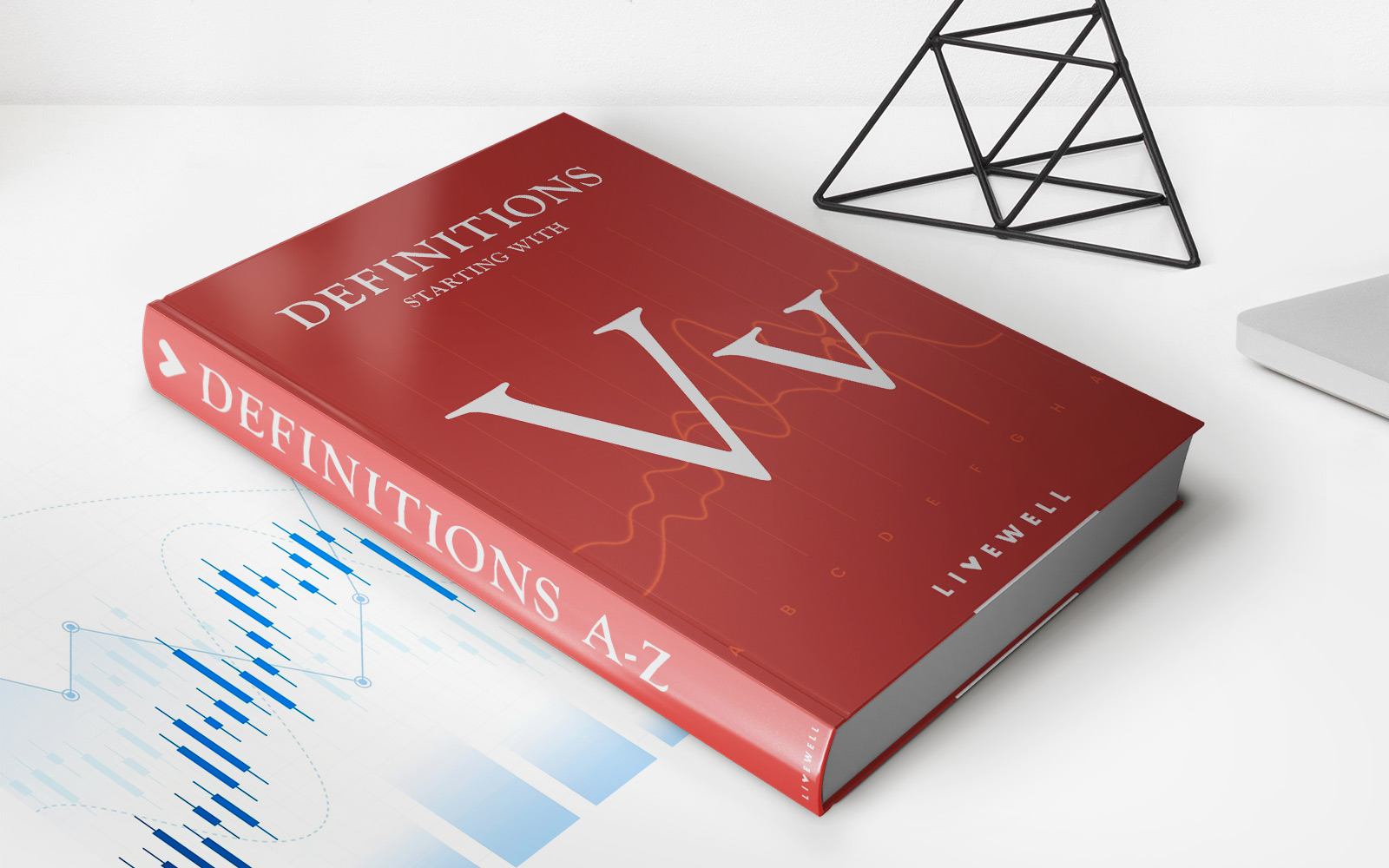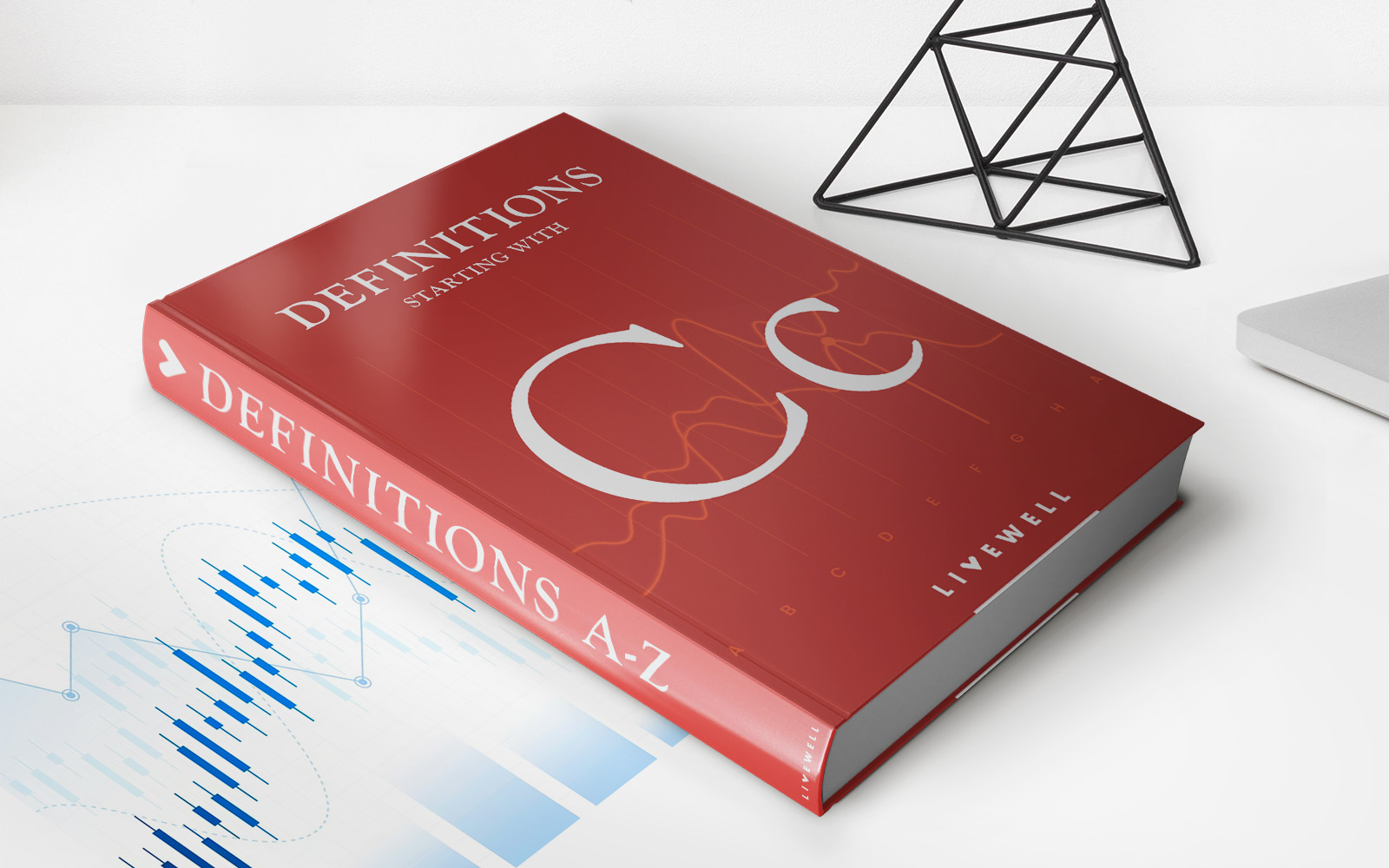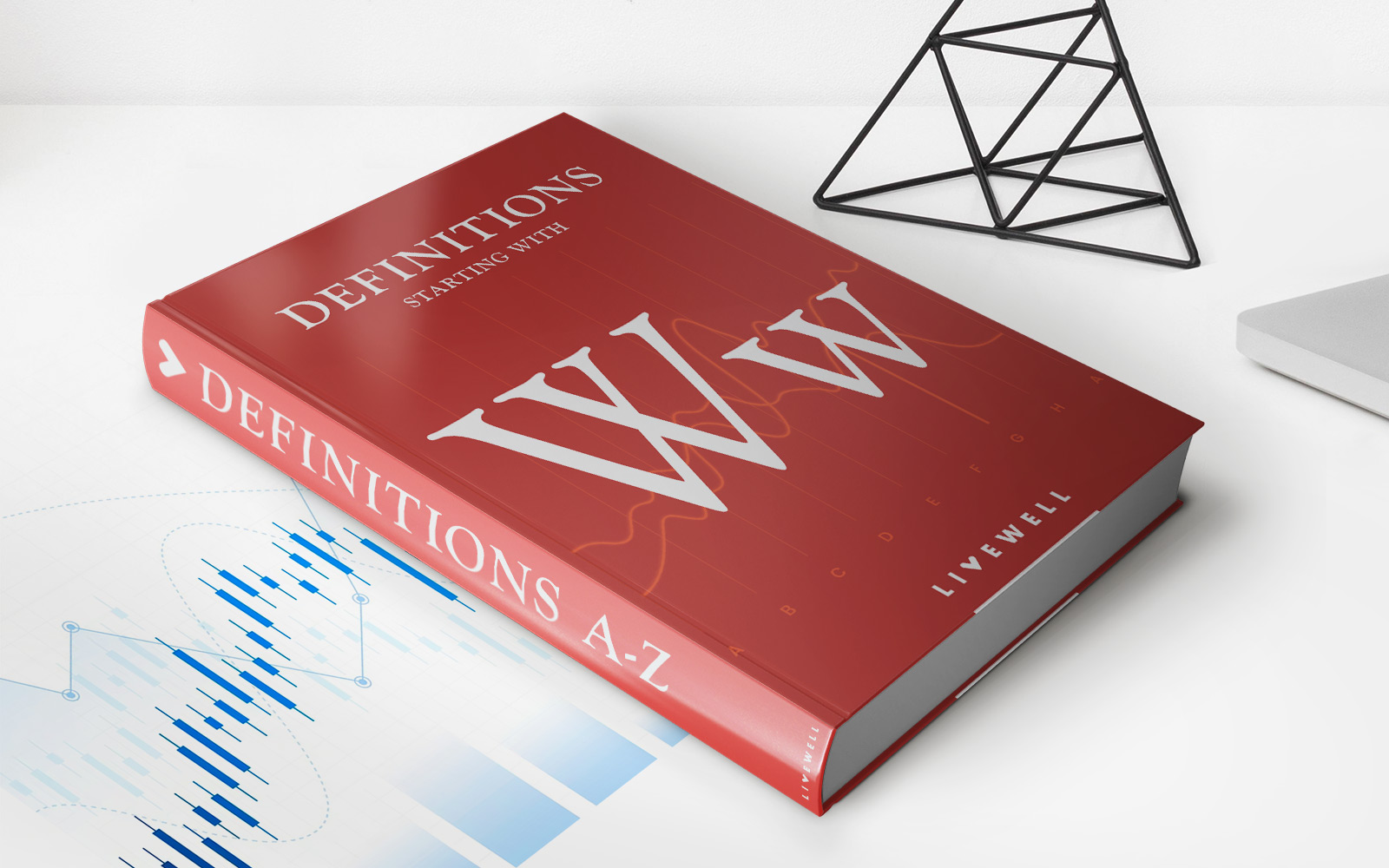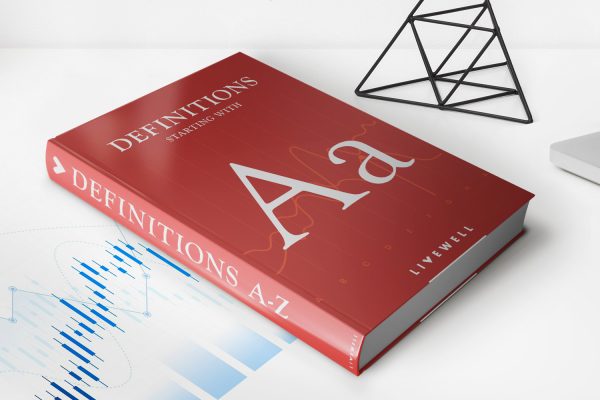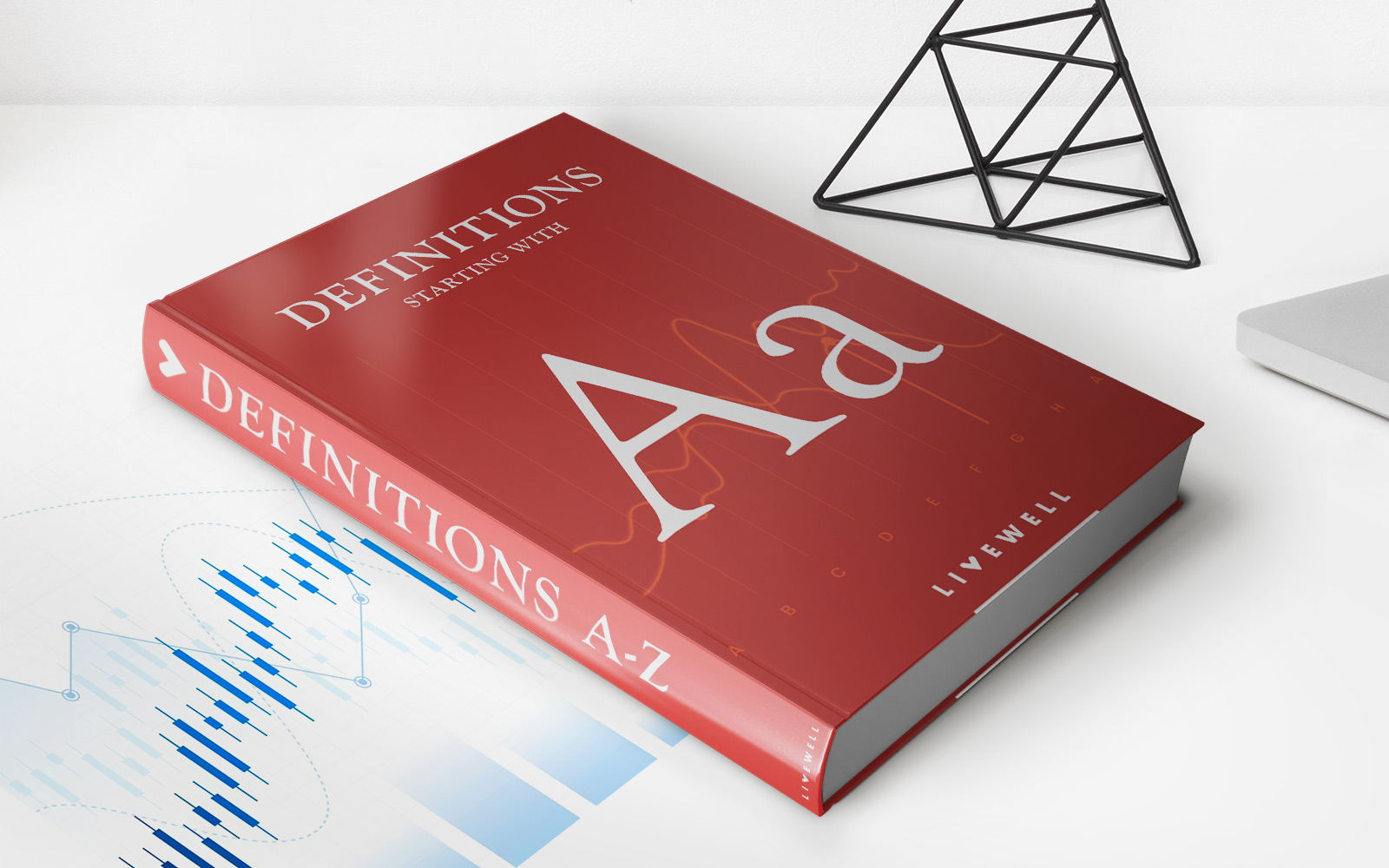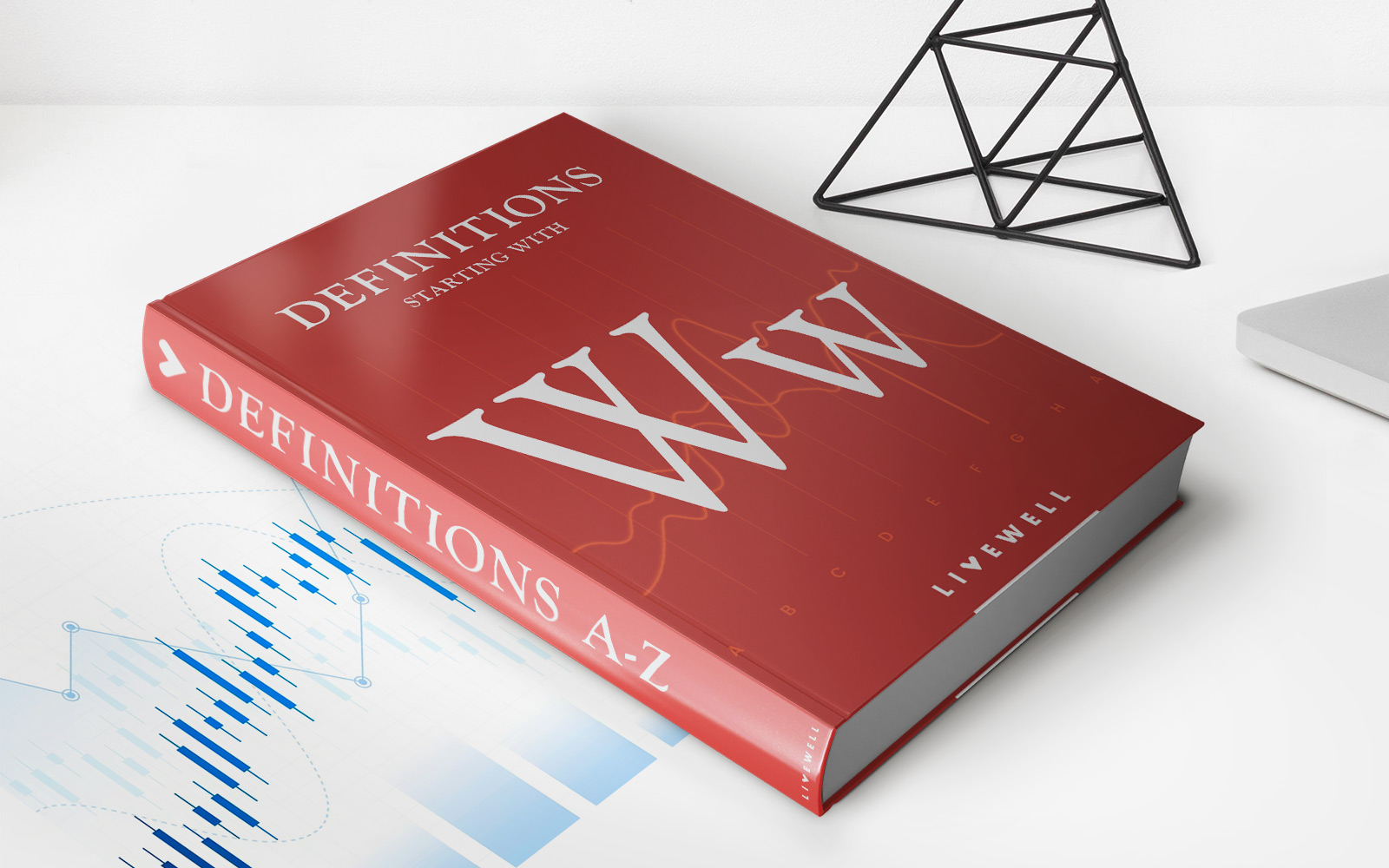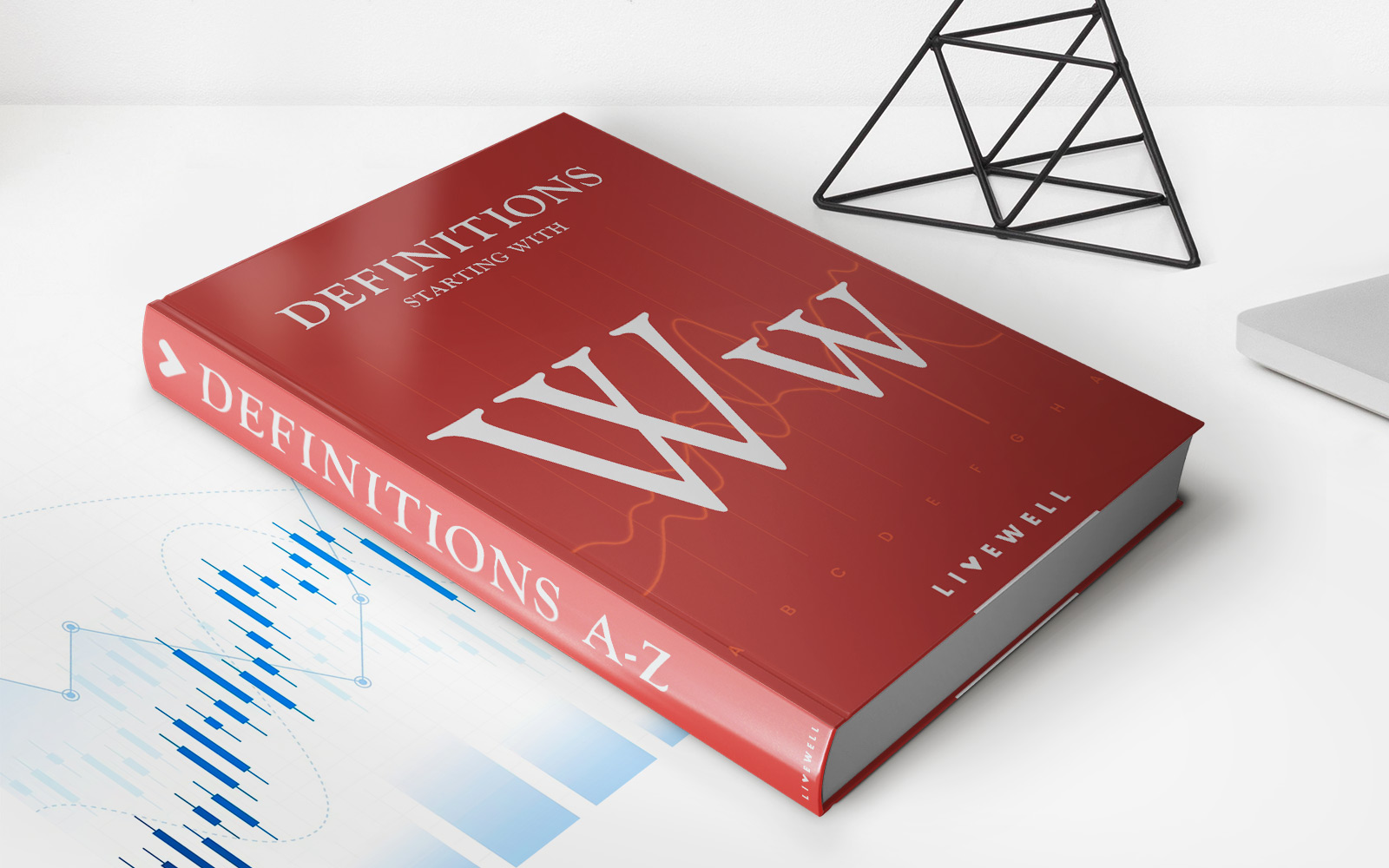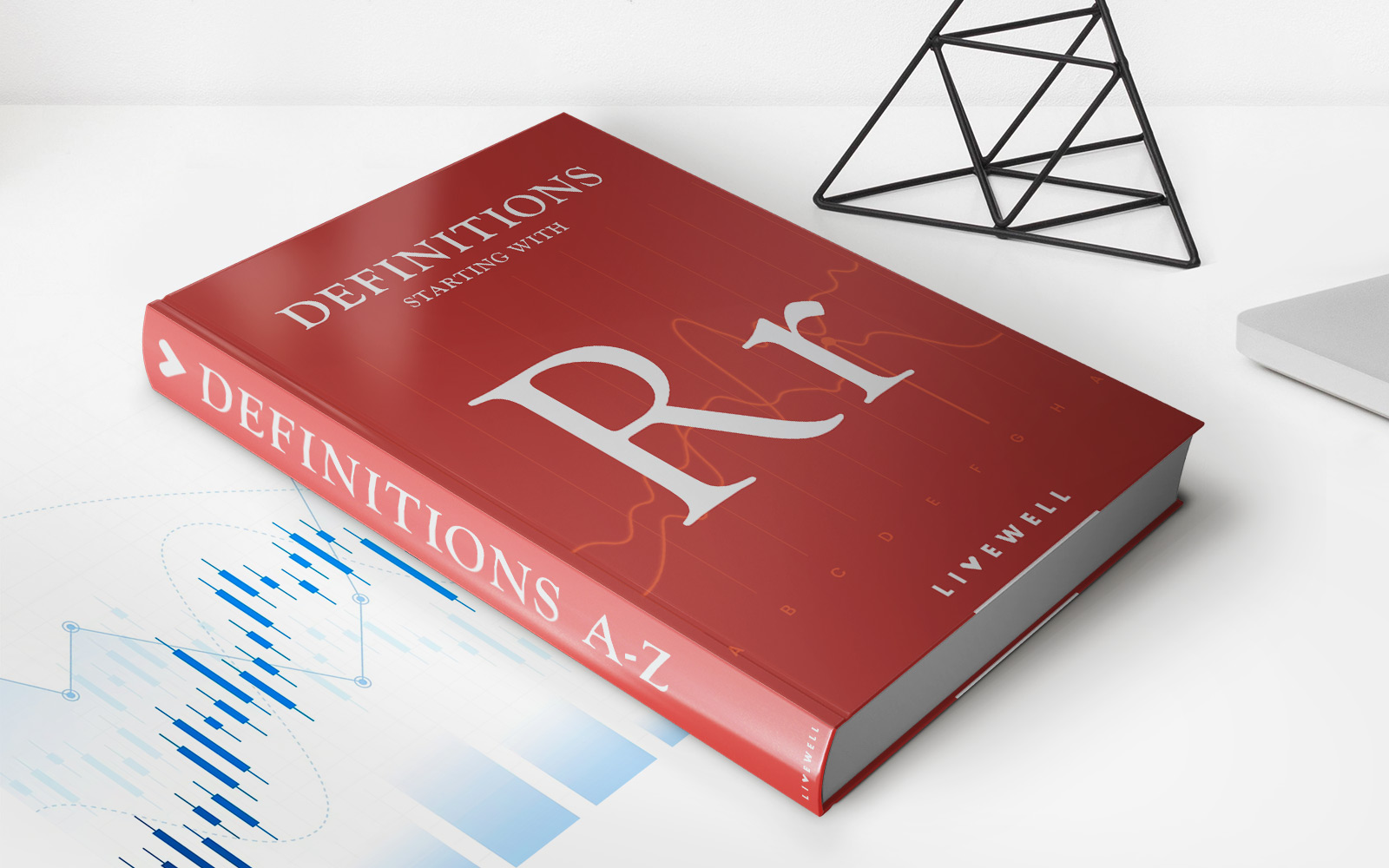Home>Finance>Weighted Average Cost Of Equity (WACE) Definition
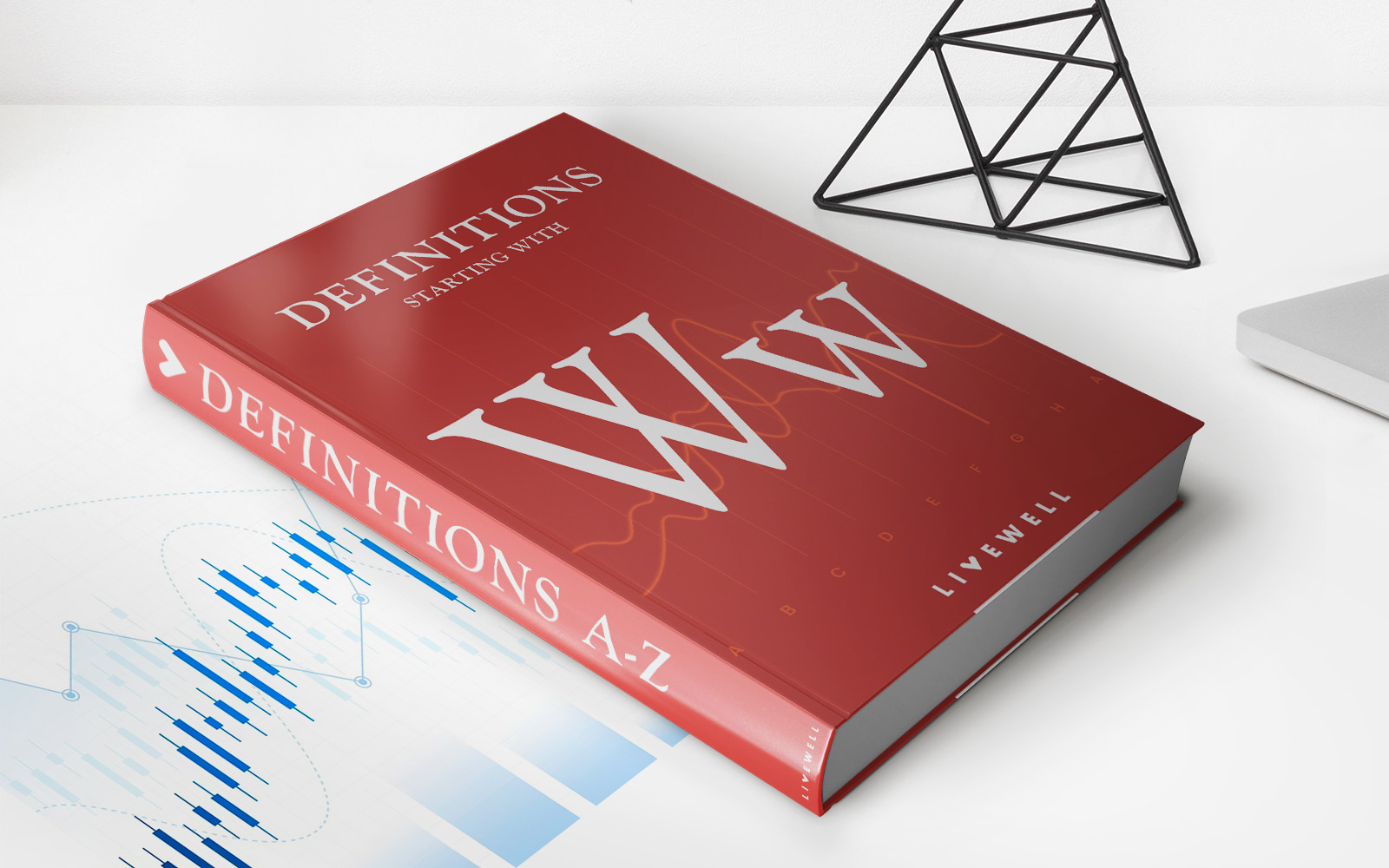

Finance
Weighted Average Cost Of Equity (WACE) Definition
Published: February 17, 2024
Discover the meaning and importance of the Weighted Average Cost of Equity (WACE) in the field of finance. Explore its definition and application.
(Many of the links in this article redirect to a specific reviewed product. Your purchase of these products through affiliate links helps to generate commission for LiveWell, at no extra cost. Learn more)
Creating Wealth with Weighted Average Cost of Equity (WACE)
Finance is a vast and ever-evolving field, and one topic that often comes up when discussing investments and capital structures is the Weighted Average Cost of Equity (WACE). WACE is a crucial financial metric that plays a significant role in determining the required return for a company’s equity capital. In this blog post, we will delve into the definition and importance of WACE, and how it can help individuals and businesses make informed financial decisions.
Key Takeaways:
- WACE is a financial measure that calculates the average cost of obtaining equity financing for a company.
- Understanding WACE is essential for evaluating investment opportunities, determining capital structure, and assessing the financial health of a company.
Now, let’s dive deeper into the world of WACE. Essentially, WACE represents the rate of return that investors require to hold a company’s equity. It takes into consideration the cost of external equity, such as issuing new shares, and the cost of retained earnings. By calculating the weighted average of these costs, businesses can determine the minimum return they need to generate to satisfy their shareholders.
So, why is WACE important? Here are a few key reasons:
1. Evaluating Investment Opportunities
When considering investment options, whether it’s investing in stocks or starting a new business venture, understanding the WACE can help you make confident decisions. By comparing the estimated returns of different investments with the WACE, you can determine whether the potential gains outweigh the costs and risks involved.
2. Assessing Capital Structure
WACE is a valuable tool for establishing the optimal capital structure for a company. By balancing the cost of equity against other sources of financing, such as debt, businesses can minimize their overall cost of capital. This information is crucial when raising funds for expansion or making strategic decisions regarding the company’s financial structure.
Overall, WACE provides a systematic approach to understanding the cost of equity and its impact on investment decisions. It helps investors and businesses alike by providing valuable insights into the required returns and expected performance of equity investments.
By now, you might be wondering how exactly WACE is calculated. While the formula to calculate WACE involves complex mathematical computations, it can be simplified using a weighted sum. The formula looks something like this:
WACE = (E/V) x Re + (D/V) x Rd x (1 – Tc)
Here’s a breakdown of the terms used:
- (E/V) represents the percentage of equity in the capital structure
- Re is the cost of equity
- (D/V) represents the percentage of debt in the capital structure
- Rd is the cost of debt
- Tc represents the corporate tax rate
While understanding the mathematical aspects of WACE is important, it’s crucial to consult with financial experts and professionals for accurate calculations and interpretations tailored to your specific situation.
In conclusion, the Weighted Average Cost of Equity (WACE) is a fundamental concept in finance that helps individuals and businesses make informed decisions. By understanding and calculating the WACE, investors can evaluate investment opportunities and companies can determine their optimal capital structure. It’s a powerful tool that can aid in creating wealth and achieving financial goals.

